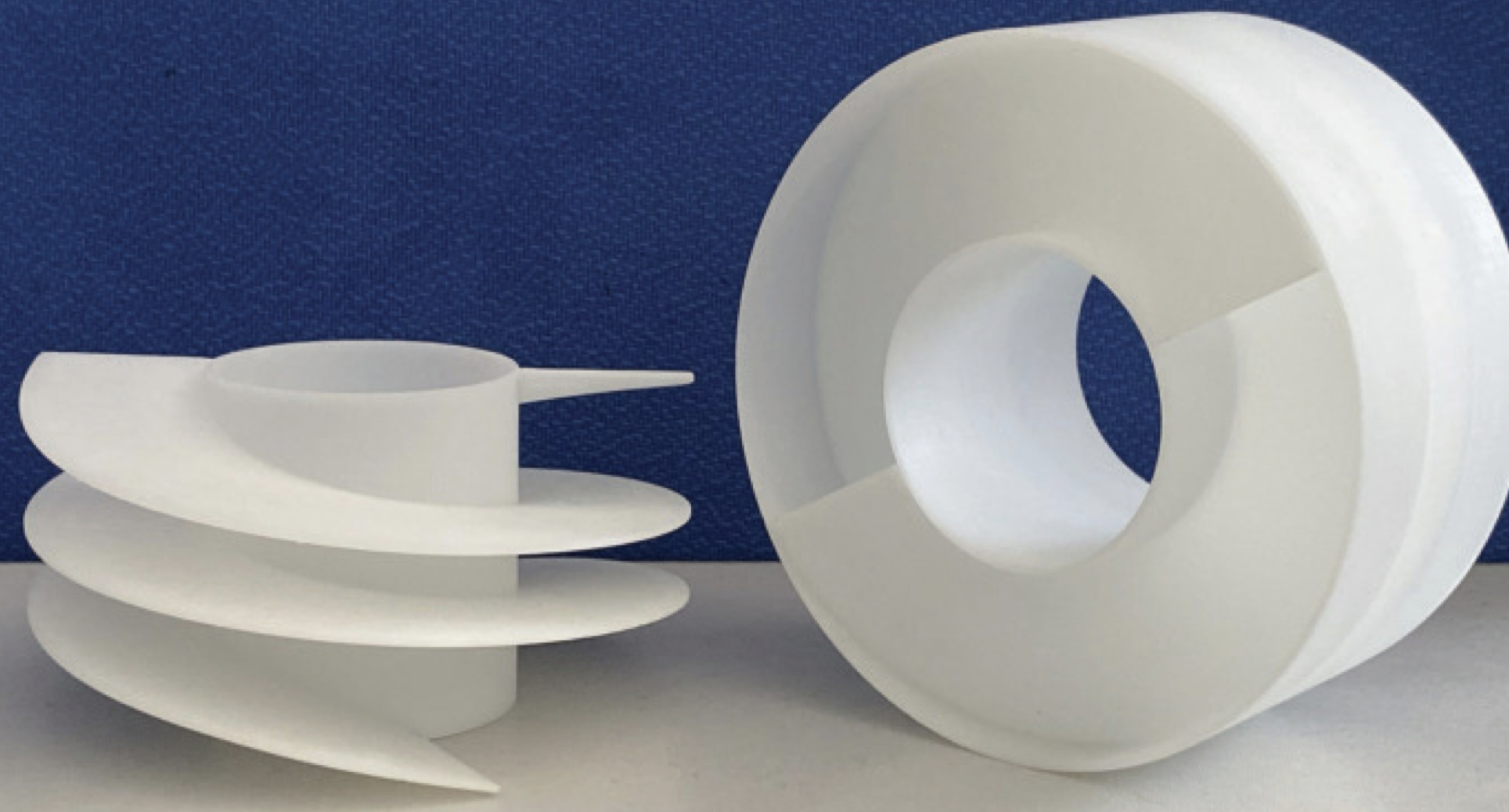And now for a bit of research that is suddenly highly relevant in today’s locked-up and closed-in world: noise reduction. Does air-conditioning drive you mad? The constant hiss of sterile air?
The average building designer doesn’t seem to give a damn about it. As long as water doesn’t drip out of the vents and the dust is kinda-sorta filtered out… well, you’ve got headphones don’t you?
My wife challenged me to write my next article in iambic pentameter. She now has another reason to regret her life choices. It is, she tells me, best read with very dark sunglasses so that the reader can make up the words rather than make out the words.
Don’t stop the hiss
It is actually surprisingly difficult to get rid of ventilation noises. Fans and airflow are noisy, and the very ducting that allows the air to flow into your office space also allows the sound in. Therefore, the easiest way to get rid of ventilation noises is to just close the air duct. More realistically, you need a baffle that damps the sound waves over a wide range of frequencies but doesn’t restrict air flow. Baffles work in two ways: first the sound waves impinge upon the solid structure and are scattered and absorbed by the solid. This reduces the transmission of sound. But the second aspect is that the airflow is split and recombined. The sound waves follow both paths, but those paths are different lengths. The wave gets split into two and recombined. As a result, the phase of the two waves is different, which can result in destructive interference, which reduces the sound volume. But for any particular path, the phase difference will only be destructive for a few frequencies.A poetic aside
My wife challenged me to write my next article in iambic pentameter. She now has another reason to regret her life choices. It is, she tells me, best read with very dark sunglasses so that the reader can make up the words rather than make out the words.
In a world of endless cacophony,That's the problem. The hiss of air-conditioning covers a wide range of frequencies, yet the interference effect only blocks a few frequencies.
Silence comes as a blessed rarity,
Cars and trucks, airco, and more,
"Shut up," yell I, adding to the litany.
Those pesky waves flow with alacrity,
To stop them takes cork at the core;
Sealed in, no flow, the air is insanitary. Engineers reflect: waves taketh and give,
A sound in two parts, delay and mixed,
Is it louder or gain we silence?
The frequency tells all: one too massive,
The other, inaudible and vanquished,
The delay is just right, phase in essence.
But noise is white: waves un-sequenced. Ev’ry frequency needs its own delay,
A hollow corkscrewing spiral saves us.
Waves, un-delayed, go through the center,
Waves round the spiral go slow in disarray.
For the waves is entirely disastrous,
White cacophony reduced all over.
Grill of inglorious corkscrews, hooray!


